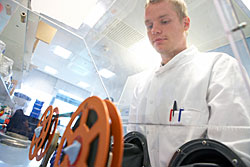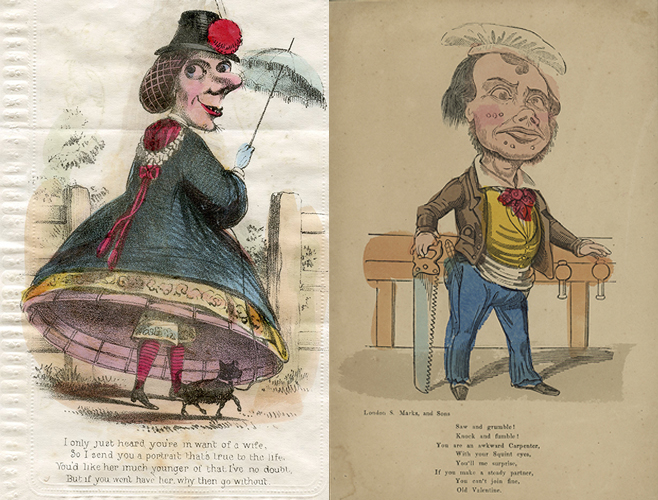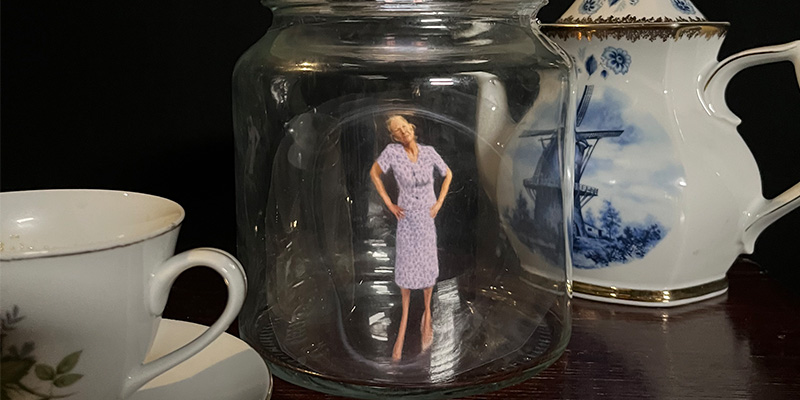News | Wednesday, 8th September 2010
Microbes threaten cultural heritage
Fungal threat to archived film

MICROBES could be threatening our cultural heritage by degrading historic cinematographic film and even preventing some valuable footage to be archived at all.
Gavin Bingley who is presenting his work at the Society for General Microbiology's autumn meeting in Nottingham today (September 8) describes how fungal growth on cinema film can not only lead to deterioration of the film but may also pose a risk to the archivist.
"Fungi that form mould on film reels produce enzymes that enable them to use components of the film for growth, leading to degradation of the film," explained Mr Bingley, a PhD student at Manchester Metropolitan University.
"If the film is especially mouldy, high numbers of spores can be released into the air, which means they could also be considered as a health risk."
UK film archives
The team looked at a range of contaminated film reels supplied by the North West Film Archive at Manchester Metropolitan University and films from the British Film Institute National Archive to assess the numbers and types of spores released during a mock inspection.
"The majority of fungi present were Aspergillus and Penicillium species, which are both very common moulds," said Mr Bingley.
"For some films we found that the number of spores released exceeded the recommended safe exposure levels."
Cine film donated to archives is used as an important historical and cultural resource. Films are stored in carefully controlled conditions,but if they are already contaminated on arrival at the archives, they can deteriorate further over time.
Develop new sensor
"Our studies show that while some films look like they are contaminated, this may just be dead mould that won't damage the film any further. As it is impossible for archivists to know whether the mould is living or not, valuable footage may not be archived but discarded instead," he said.
The group is hoping to develop a sensor that will identify the presence of living mould by detecting small volatile compounds that are released during growth. They are also working on series of recommendations for archivists who deal with potentially contaminated film reels.
"By placing sensor strips in film cans, archivists could identify and immediately work on film with dead mould, and take the recommended
action for the storage, safe-handling and treatment of those with living mould," said Mr Bingley.
For further information contact Professor Joanna Verran, School of Biology, Chemistry and Health Science, 0161 247 1206 J.Verran@mmu.ac.uk.




